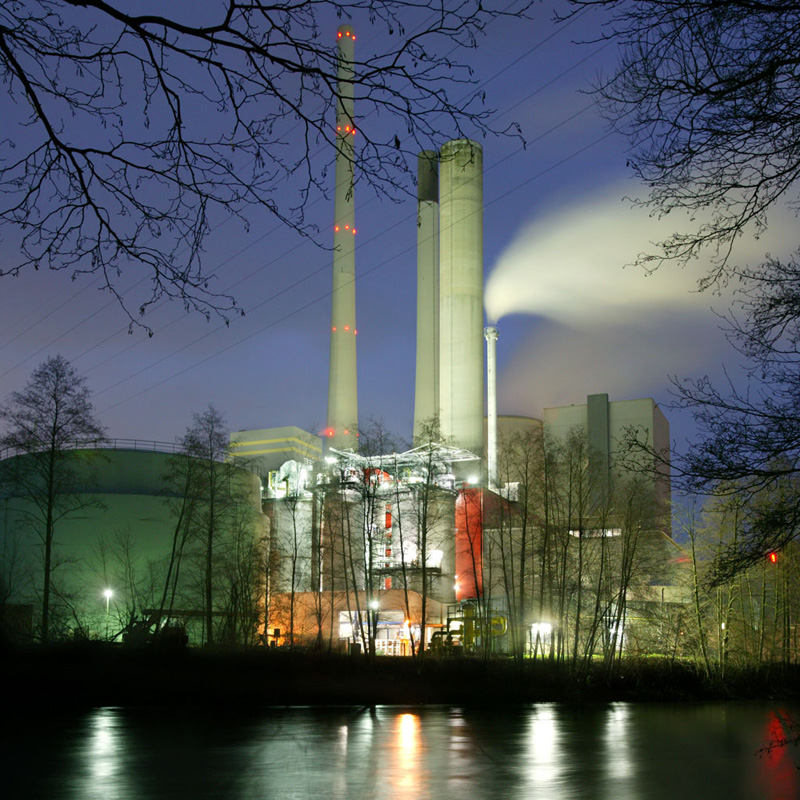Waste disposal at the Ruhrverband
According to the state-level Waste Recycling and Disposal Act ("Landesabfallgesetz") as well as to the Ruhrverband statutes ("Ruhrverbandsgesetz"), the Ruhrverband as the competent public organisation is responsible for the disposal of any waste generated in its plants. The following types of waste regularly occur in its sewage treatment plants, drainage systems, rainwater treatment facilities, pumping stations, reservoirs, and impounding lakes:
Sewage sludge serves as a targeted sink of pollutants in waste water treatment and helps protect our water. Sewage sludge is unavoidable. Strategies the Ruhrverband can adopt to reduce its amount involve processes to reduce organic total solids as well as water content in the sludge, and efforts to keep its pollutant load as low as possible.
- In order to reduce the pollutant load in sewage sludge, the Ruhrverband has been supporting industrial and commercial companies (indirect dischargers), particularly from the metal-processing industry, for many years by offering comprehensive consultancy within the companies. Through internal recycling, metal-processing companies can recover harmful substances, helping to improve the safety and efficiency of sewage treatment plants.
- The pre-treatment of waste water in the companies where it arises helps the municipal sewage treatment plants to act as a sink of pollutants between industry and surface water. This, in turn, improves water quality - both in the body of water and for the procurement of drinking water.
- A reduction in total solids can be achieved through anaerobic or aerobic digestion. These processes also help to improve dewaterability and reduce smells.
- Additionally, digested sludge which has to be disposed of generally undergoes machine or natural dewatering in order to reduce its water content. This helps to cut down on the number of transports and creates better conditions for disposal.
Grit chamber trappings are a heterogeneous mix of organic and mineral solids of various grain sizes. As a rule, they cannot be avoided; specifically, only their organic content can be reduced in grit washing systems.
Screenings are essentially made up of faeces, hygiene products, plastics, household and kitchen waste, and roadside litter. Their composition is subject to seasonal change. Like grit chamber trappings, screenings cannot be avoided.
Since the Ruhr impounding lakes and the preliminary reservoirs also act as sedimentation basins, sediment continuously settles at the bottom. Sedimentation in impounding lakes and preliminary reservoirs is a result of natural inflow and can neither be prevented nor reduced. In order to ensure reliable performance of the installations, impounding lakes and preliminary reservoirs have to be dredged in certain intervals so that stream-borne sediment can be disposed of.
Flotsam is composed of coarse litter, wood, plastic, and glass parts as well as green waste. It occurs at the weir systems of the Ruhr impounding lakes and reservoirs, its amount depending on stream flow. Clippings arise as a result of waterside maintenance and under-water mowing. Again, flotsam and clippings cannot be avoided.
All waste material is disposed of in accordance with the Waste Disposal Plan which is drafted for five-year periods. Waste type, volume, and disposal routes are published in the annual Waste Accounts.









